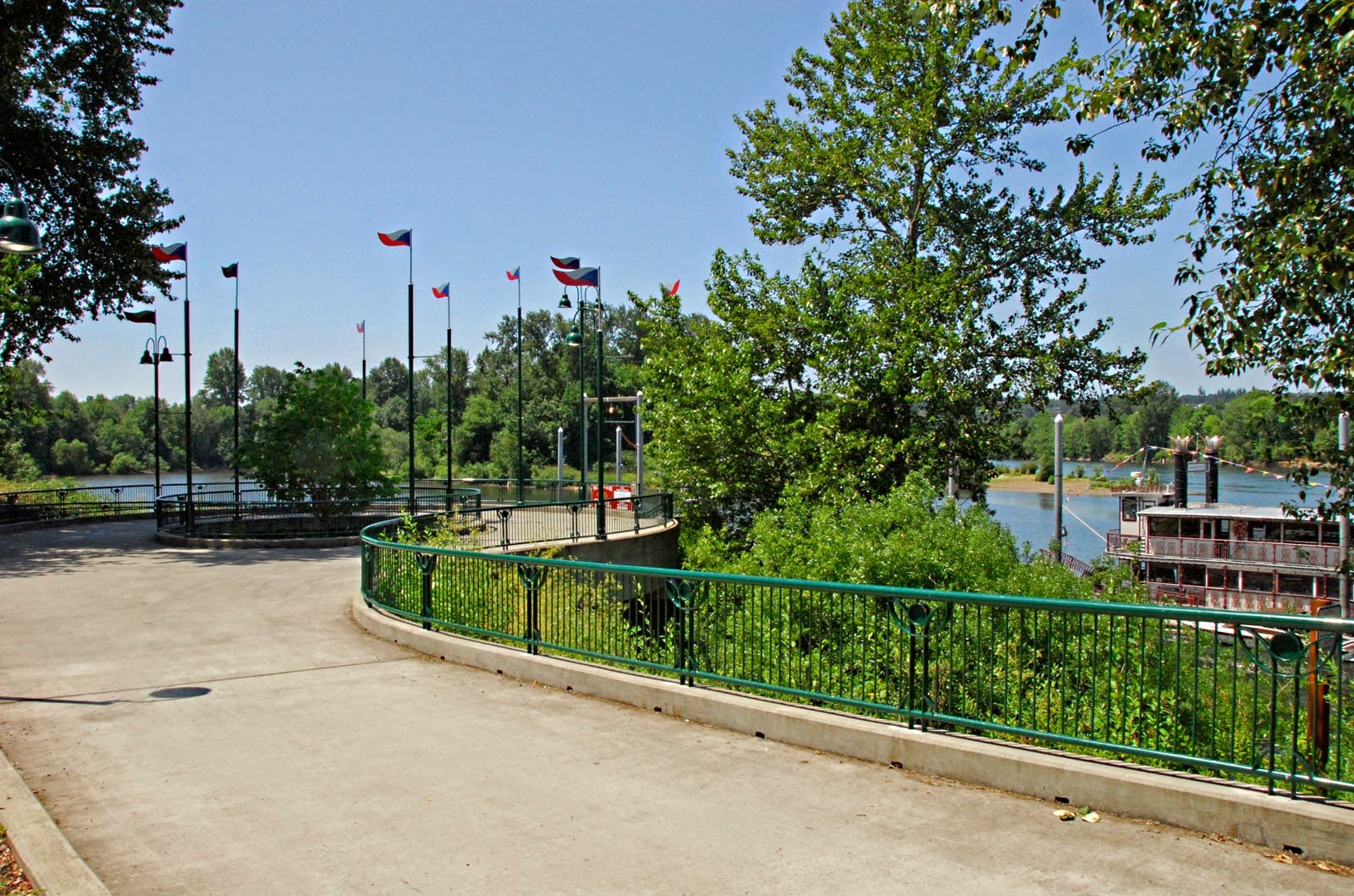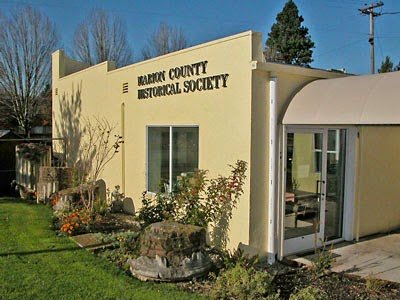- Democrats pick Geraldine Ferraro as VP running mate with Walter Mondale. Republican Ronald Reagan easily wins re-election.
- President Reagan makes a historic visit to China, making a step toward friendlier relations between China and U.S., but the question of Taiwan as the official (democratic) Republic of China is unsolved.
- Bishop Desmond Tutu is awarded the Nobel Peace Prize.
- Bruce Mccandleuss and Robert Stewart make first untethered space walk. Kathy Sullivan is first woman to space walk.
- Apple’s Macintosh is introduced.
- The Bell telephone system is broken into independent companies.
- The U.S.S.R. boycotts the summer Olympics in L.A. in response to the American-lad boycott of Moscow in previous summer games.
- Chicago White Sox defeat Milwaukee Brewers in longest game of major league history: 25 innings of 8 hours, six minutes.
- The Canadian entertainment, Cirque du Soleil, is founded.
- Academy Awards:”Amadeus” (US),”Dangerous Moves (Switzerland). Prize-winning Books: Victory Over Japan: A Book of Stories, Ellen Gilchrist and Ironweed, William Kennedy.
In Salem
In the late 1940s, when proposals were made to demolish both the building that housed Oregon’s capitol at statehood (the Holman Building, demolished in 1949) and the proposal to demolish Marion County’s 80-year-old courthouse (which happened in 1952), many Salem residents became concerned at the loss of their heritage. Eventually, on July 11, 1950, they formed the Marion County Historical Society. The organizational meetings were held in the fireplace room of the 1912 Carnegie-aided Public Library at the corner of Winter and State streets. Led by its first president, Oregon State Archivist David Duniway, and secretary, Salem Public Library Director Hugh Morrow, the society promoted historic preservation in Marion County as well as held educational programs and published booklets of Marion County history. It led preservation efforts for historic buildings such as the Jason Lee House, the Thomas Kay Woolen Mill and Historic Deepwood Estate.
It accomplished all this with a small membership and no home of its own: meeting notes record that it met for many years wherever a room in a church or business was available the next month. About 1980, the society began a museum in a small room of Mission Mill Museum. This effort expanded in 1984 when the society purchased the mill’s old retail store and converted it into an office, library and small exhibition hall. In 1999, it received a certificate of commendation (one of less than 100 awarded) from the American Association for State and Local History, and the NonProfit Member of the Year Award from the Salem Convention and Visitors Association.
When you visit
In January of 2010, the Marion County Historical Society merged with Mission Mill Museum to form the new Willamette Heritage Center on the campus they have shared for a quarter of a century. Mission Mill Museum will curate and produce exhibits and store the collection of artifacts that have been donated to MCHS and Mission Mill in the past. The former MCHS will become the library of local historical materials and genealogical records for both institutions. At the present time, documents and photographs are being archived and indexed for use at the historical society facility. When funds are available, they will be scanned for a website and available online. The library is open to the public for research Tuesday through Friday, noon to 4 p.m. and Saturday by appointment. Admission is paid at Mission Mill Museum.
Our thanks to Kyle Jansson and Elisabeth Walton Potter for their contributions to this historical information.
Other Events
- The Pioneer above the Capitol is re-gilded this year. Scaffolding is built around the statue above the structure.
- Former mayor Vern Miller dies this year. Wes Sullivan wrote a tribute: “As mayor, Dr. Vern Miller led Salem to maturity as a city. Sitting in his tiny, windowless mayor’s office in a nineteenth-century City Hall in 1965, he had visions for Salem that went beyond its just being an adjunct to the statehouse. He had the courage and dogged determination to turn these visions into reality. He brought to his office as mayor the caring and the integrity that made him a fine and respected surgeon. And where he led, people followed.”
- Edith Schryver also died this year. A diminutive young lady traveling to Europe by ship was placed by mistake at the Children’s Table in the Dining Salon. When she requested a glass of wine and was refused, the adult Edith Schryver insisted on being moved to another table. There she met Elizabeth Lord who would become her lifetime companion and partner in their landscaping enterprise.
- A less noticed death was that of 84-year old Ray DeAutremont, the last surviving of three brothers who led authorities on a nearly four year, worldwide manhunt. After conviction, they were incarcerated in the Oregon State Prison here in Salem, sentenced to life imprisonment. Their crime, known to history, as the 1923 “Last Great Train Robbery” was the hold up of the southbound Southern Pacific #13 near Ashland, Oregon. Four men killed and not a dime to reward the efforts of Ray, Roy and Hugh DeAutremont. Hugh, the youngest of the three, was paroled in 1958 and died less than six months later. The younger twin, Roy, died in Oregon State Hospital in 1983. Ray, the oldest of the twins, had won parole in 1961.
- The original spire of the First United Methodist Church is replaced. This landmark continues to give Salem a presence as one approaches from the west and reminds us of the missionary goals that inspired the early settlers and the eventual creation of the city.
 |
| Former riverfront industrial properties transformed into a park |
- The City of Salem purchases 22 acres of prime river front property from Boise Cascade for the purpose of implementing a Salem Riverfront Master Plan, which included a conference center, hotel, outdoor theater and commercial/retail space. The plan also included an under-crossing at State Street. A citizen initiative later rejected the plan. However, Salem’s former industrial site from Leslie Street to the south to Union Street at the north has, by 2012, changed radically in use and appearance. (See the current Riverfront Master Plan) The 12.95-acre site previously owned by Boise Cascade south of Riverfront Park, is now under renovation and construction. Future plans include a mix of uses including rental housing, commercial/retail and parking. A pedestrian path will lead under the Commercial Street Bridge, connecting the Civic Center Park with the Willamette River along Pringle Creek. Riverfront Park and the A. C. Gilbert Discovery Village have made the waterfront a community asset for informal social occasions and for recreation.

